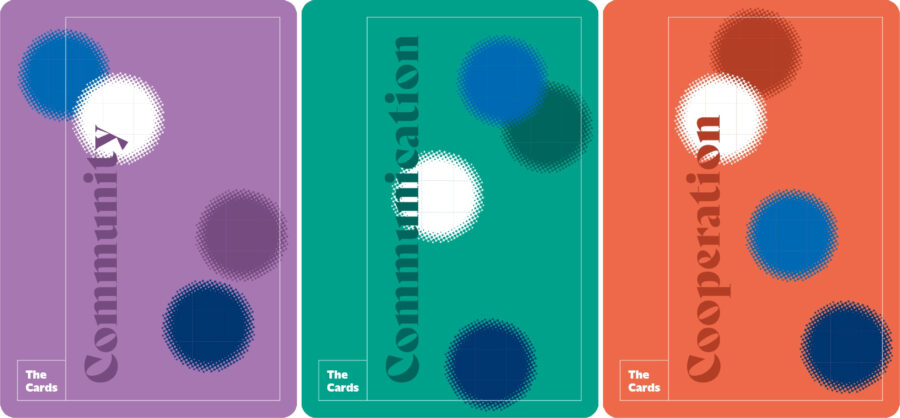Designing collectivity in digital platforms for the urban commons
An important and often overlooked aspect of be-commoning[1] is the design of technological infrastructures and platforms that enable communities to share and manage their joint resources, like car sharing. How could the design of these platforms be aligned with the values of the communities involved?
We found that current car-sharing platforms only provide a very functional and basic infrastructure, aimed at utility: ensuring the smooth transactional management of daily, practical routines. Commoners sharing resources between them are happy with these functionalities, but they also miss features that strengthen their sense of belonging and collective identity. Community-oriented features and functionalities enhancing community building and supporting collaborative actions are mostly absent from these platforms.
To address that issue, students from the Amsterdam University of Applied Sciences (AUAS) were asked to think about design possibilities to go beyond the utility of these services, and include features that also strengthen the collectivity of a commons community.
They were invited to suggest concrete mechanisms for three distinct collectivity features—community, communication, and cooperation— by either extending currently available practical experiences or by exploring imaginative and speculative scenarios.
This card deck presents the work of the AUAS students. The examples on the cards showcase the possible features and functions they developed to support collectivity.
[1] We have coined the term be-commoning for the process and various tasks that must be thought through and carried out to develop a new commons.
